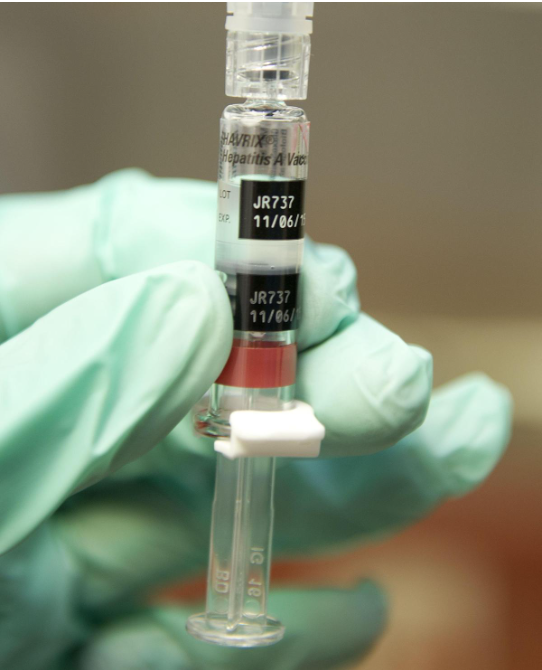




Source: ZEENEWS
Disclaimer: Copyright infringement not intended.
Chronic pulmonary aspergillosis-- a common fungal infection that claims 340,000 lives every year worldwide, can turn lethal for about 1 in three people with lung diseases, finds a study by researchers at the All India Institute of Medical Sciences.
It is a severe, long-term fungal infection caused by the species of the genus Aspergillus predominantly Aspergillus fumigatus. It primarily affects individuals with pre-existing lung conditions or weakened immune systems.
Read About Aspergillus: https://www.iasgyan.in/daily-current-affairs/aspergillus-fumigatus
Aspergillus fumigatus is the most common cause of CPA.
Other species: A. flavus, A. niger, and A. terreus.
Aspergillus spores are inhaled from the environment.
In healthy individuals, immune defenses eliminate the spores.
In compromised lungs, spores colonize and form fungal balls (aspergillomas) or invasive structures.
Pre-existing lung diseases:
Tuberculosis (TB)
Chronic obstructive pulmonary disease (COPD)
Sarcoidosis
Post-pneumothorax complications
Weakened immunity:
Diabetes mellitus
Long-term steroid use
Post-transplant conditions
Chronic cough often with hemoptysis (blood-streaked sputum).
Persistent fatigue and weight loss.
Chest pain and breathlessness.
Antifungal Therapy.
Surgical Intervention.

Aspect |
Details |
|
Introduction |
The lungs are the primary organs of the respiratory system. Located in the thoracic cavity they facilitate gas exchange essential for life. Paired structures: Right lung and Left lung. |
|
Anatomy |
Right Lung: Divided into three lobes (superior, middle, inferior). Left Lung: Divided into two lobes (superior, inferior) with a cardiac notch for the heart. Surrounded by the pleura: Visceral (inner) and Parietal (outer) layers. Bronchi, bronchioles and alveoli form the internal structure for air passage and gas exchange. |
|
Physiology |
Primary Function: Gas exchange (oxygen intake and carbon dioxide removal). Secondary Functions: Regulating blood pH, filtering blood clots and enabling vocal sounds. Alveoli: Tiny air sacs where oxygen diffuses into blood and carbon dioxide diffuses out. |
|
Mechanism of Breathing |
Inhalation: Diaphragm contracts, chest cavity expands, air flows into lungs. Exhalation: Diaphragm relaxes, chest cavity contracts, air is expelled. |
|
Common Disorders |
Asthma: Inflammation and narrowing of airways. Chronic Obstructive Pulmonary Disease (COPD): Chronic bronchitis and emphysema. Pneumonia: Infection causing alveoli to fill with fluid. Lung Cancer: Malignant growth in lung tissues. |
|
Interesting Facts |
Surface area of alveoli: ~70 square meters (equivalent to a tennis court). Lungs process about 10,000 liters of air daily. Left lung is smaller than the right due to the heart's position. |
Sources:
PRACTICE QUESTIONQ.Consider the following statements regarding Chronic Pulmonary Aspergillosis (CPA):
Which of the statements given above is/are correct? (a) 1 and 3 only (b) 1 and 2 only (c) 2 and 3 only (d) 1, 2, and 3 Answer: (a) Explanation: Statement 1 is correct. CPA is caused by Aspergillus fumigatus which is a common environmental fungus. Statement 2 is incorrect. CPA typically affects individuals with weakened immune systems or those with pre-existing lung conditions like tuberculosis or COPD. Statement 3 is correct. CPA can result in the formation of cavities in the lungs, sometimes containing fungal balls (aspergillomas). |






© 2025 iasgyan. All right reserved